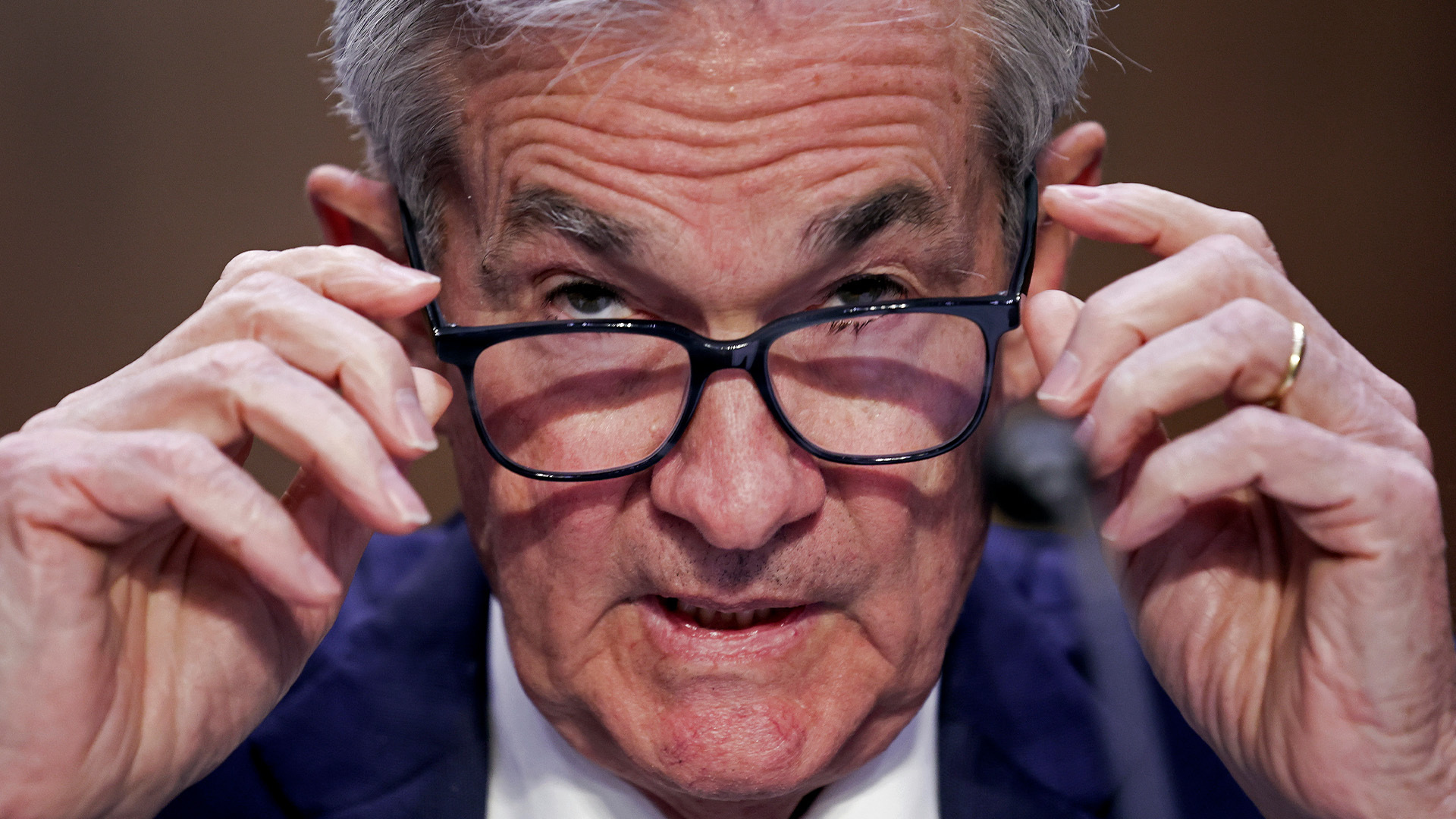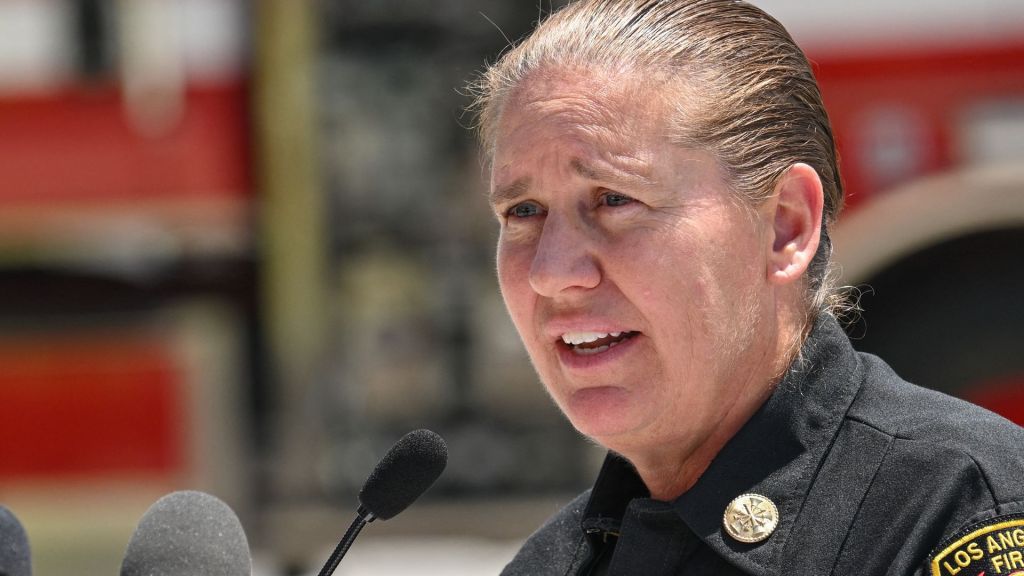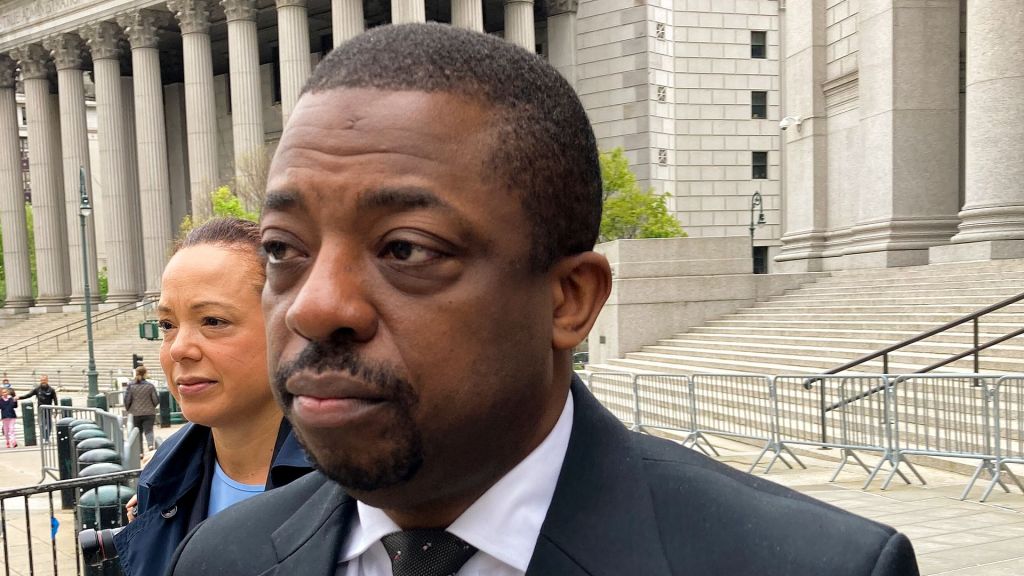
SIMONE DEL ROSARIO:
Inflation in August cooled down to 2.5% for the year, the lowest consumer price reading since February 2021. Declining energy prices really helped push that down. Gas prices are 10% cheaper than they were a year ago.
The Federal Reserve is almost certainly going to start cutting rates next week. Remember they hiked rates to levels not seen in decades to try to bring down inflation. Now the labor market is getting softer and inflation is way off its peak, it’s time to ease conditions out there and bring down those interest rates.
But the Fed isn’t saying mission accomplished anytime soon when the target inflation rate is 2%, because they aren’t looking at the 2.5% reading, they look at core inflation, which strips out more volatile food and energy prices. And core CPI is still at 3.2%, thanks in large part to rising shelter costs.
Is 2% core inflation attainable? I asked the Fed Guy Joseph Wang as the latest inflation numbers came out.
JOSEPH WANG | THE FED GUY
Yeah, I think we might be in a new higher inflation regime. So we have to be careful. The future does not always look like the past. Over the past 20 years, we’ve had a world where inflation was pretty stable around 2% but it wasn’t always like that. Now, before the quote, unquote Great Moderation period, we were in the 1970s and 80s, where inflation was volatile and sometimes very high. I think we’re heading into an era where inflation is probably going to be more volatile at higher than it was in the past. That’s certainly what the CPI is telling me, now looking on a year over year basis, we’ve been above 3% for some time, and honestly it looks kind of stuck there. Now we could have recessions that temporarily bring them down, but I think the next time we have a recession, maybe we just have tremendous more stimulus checks and so forth, and that makes it surge again. So I think the future is going to be a world where inflation is going to be higher and more volatile. And that’s, you know, that’s something that we have to going to get used to.
SIMONE DEL ROSARIO | STRAIGHT ARROW NEWS BUSINESS CORRESPONDENT
Fed Chair Jerome Powell gets asked this a lot. He loves to slap this down, which is the 2% target rate out of out of the way should we be looking at a 3% target rate? The economy has been doing very well comparatively to longer periods of time, I know that we are seeing some softening in the labor market, but for so long, the economy seemed to really be pumping along. And to your point, we’ve been really stuck right around this 3% level for some time. So that brings up the question, is the 2% target outdated at this point? Should we be looking at a 3% target? I know that Jay Powell hates this. He’s like, ‘No, we are a 2% target regime.’What what are you hearing? Are you hearing anything different? Are they sticking to those guns or because we continue to see inflation at this level you don’t want to trigger a recession just to get it down to 2%
JOSEPH WANG:
Yeah, so we have to realize that the 2% inflation target, it’s nothing magical. It’s nothing set in stone. It’s a decision made by people. Now, in the Fed’s case, it was decided in 2012 to have an inflation target of 2% does it have to be that way? We could easily change it. Now I think it’s helpful to understand why we might want to change the target. So traditionally speaking, economists think there’s a trade off between inflation in unemployment. So they would think that if we have 3% inflation, in order to get 3% inflation down to 2% we have to have a bit of a recession, we have to have the unemployment rate go up a little bit. So ultimately, whether or not we decide to have a higher inflation target is a political decision as to whether or not the government can tolerate a temporary recession. When inflation was around 4% and it looked like it would have come down, there were actually many people, influential people, writing columns in big newspapers saying that, ‘hey, why don’t we just change the inflation target so that it’s 3% or maybe a little bit more, instead of 2%’ they were saying this because they did not want the political costs of high of having temporarily higher unemployment, of creating a recession. So whether or not we change the inflation target is ultimately going to depend upon the political appetite for economic weakness. Now honestly at 3% inflation, I think that’s close enough to two that people would just kind of struggle and say, ‘Yeah, it’ll eventually get there, and they won’t have to change the target.’ But the next economic cycle, when we have an upswing, maybe inflation goes back to 4%, maybe a little bit more, depending on who’s in power, maybe they don’t want to take that risk of having a recession to get inflation down, and maybe at that time, we’ll have some serious conversations within the government whether or not they could change the inflation target. Now, to your point about what the Fed people have been talking about now, definitely they would never say that they’re going to raise the inflation target, but at the moment, they aren’t having a discussion about their framework, and that’s due to be released in a couple years. Now, there are former Fed speakers who are whispering that, ‘you know, instead of having a 2% inflation target, what if we have something called an inflation band?’ So what that means is that, you know, my target is not 2% point, but maybe it’s 2% plus or minus 1% so that means that inflation is 1.5% that’s within the band. It’s okay. If it’s 2.5% or even 3% that’s okay as well. So that could be a way to by sleight of hand, increasing inflation target simply by tolerating inflation higher than 2% because it’s still within the band. That is something that people discussed before in the Fed, and now they’re discussing again, and I don’t know what they will ultimately decide. I think it might depend upon just how easy they think it is to maintain 2% in the coming years.











